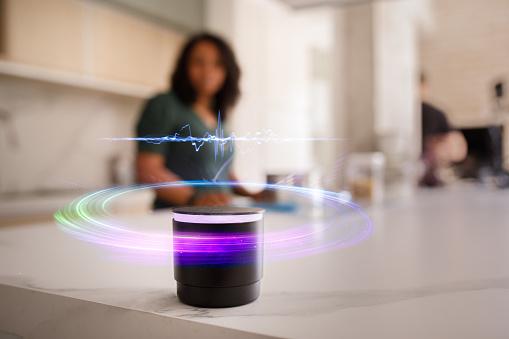This text was written by a TecMundo columnist; finally learn more.
Simulating a human chatting via chat, that’s the role of a chatbot. It is the use of technology in favor of fully humanized care. The most famous of these, ChatGPT, is an Artificial Intelligence chatbot from OpenAI company.
Chatbots are already at the service of many companies, you must have dealt with a robot. But the tool can also provide information and health services to improve people’s lifestyles. In a recent study, researchers were interested in knowing The impact of chatbots on physical activity, eating and sleeping habits.
understand the work
Researchers from Australia pooled studies to evaluate the effectiveness of chatbots in improving three aspects of lifestyle: physical activity (total movement and number of steps), diet (fruit and vegetable consumption), and sleep (duration and quality).
Increasing number of studies on this topic: First study to analyze the impact of chatbots on physical activity collected only 7 studies, in the most recent it has more than doubled, there are 15.
Although the research is preliminary and makes it difficult to draw firm conclusions, Interventions with chatbots were effective for physical activitybecause people increase more than 700 steps per day and about 103 minutes of physical activity per week of moderate to vigorous intensity; As it increases at least 1 serving of fruit and vegetables per day for diet; and improvement in sleep quality and duration, an increase of 45 minutes per night.
These are small to medium impacts, but they can be a start. Considering the population level, this is already a step forward, given the epidemic of physical inactivity and unhealthy habits we are experiencing.
The robot itself may not have great power. However, some features found in chatbots derived from consolidated theories of behavior change explain the positive outcome, such as: setting and reviewing goals, self-monitoring, identifying and solving problems as barriers to better habits, motivation, feedback, support, individualized advice and training. . these techniques creating effective strategies for changes in health-related behaviors.
Most chatbots also sent daily reminders, directions, goals and informative messages that could be interesting for people in the early stages of a life change around exercising, eating and sleeping better.
But there are downsides. The biggest barriers to chatbot use in this area were repetitive content, technical issues, and people’s concerns about security and privacy.
Chatbots via text or voice: which is more effective?
The study showed no difference between text-based and voice-based chatbots for physical activity and sleep, but text-based chatbots were more effective for increasing fruit and vegetable consumption.
The researchers conclude that this may have happened, because since text chat bots are implemented via smartphones, we carry our devices everywhere and use them whenever we want, increasing their chances of taking action. While voice chatbots are limited to home use, as with Amazon Alexa.

Chatbots are another tool that provides access to information, can set and track goals, and work for a wide variety of populations, including people with cancer, overweight and obesity, and people ages 9 to 72.
However, they are unlikely to make physical activity more fun and enjoyable. A simple and effective way to do this is to make exercise (a type of physical activity) a social activity, but with real people.
Most people with access to chatbots already understand that healthy habits are important and may not need more information about the health benefits of exercise or why it should be done, but good experiences during their workout that can even affect other lifestyle components. Moving more can lead to better eating and sleeping.
fabio dominski He holds a PhD in Human Movement Sciences and a degree in Physical Education from Santa Catarina State University (UDESC). He is a university professor and researcher at the Sport and Exercise Psychology Laboratory (LAPE/CEFID/UDESC). He is the author of Physical Exercise and Science – Facts and Myths and presents the Physical Exercise and Science program on UDESC Joinvile radio (91.9 FM); The show is also available as a podcast on Spotify.
Source: Tec Mundo
I’m Blaine Morgan, an experienced journalist and writer with over 8 years of experience in the tech industry. My expertise lies in writing about technology news and trends, covering everything from cutting-edge gadgets to emerging software developments. I’ve written for several leading publications including Gadget Onus where I am an author.













